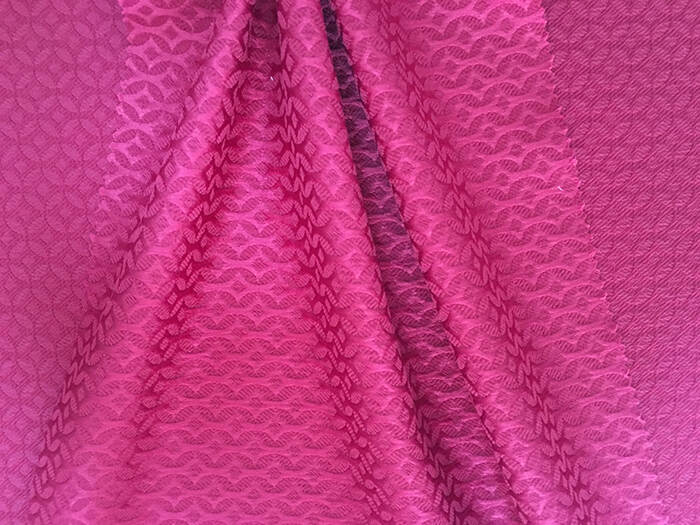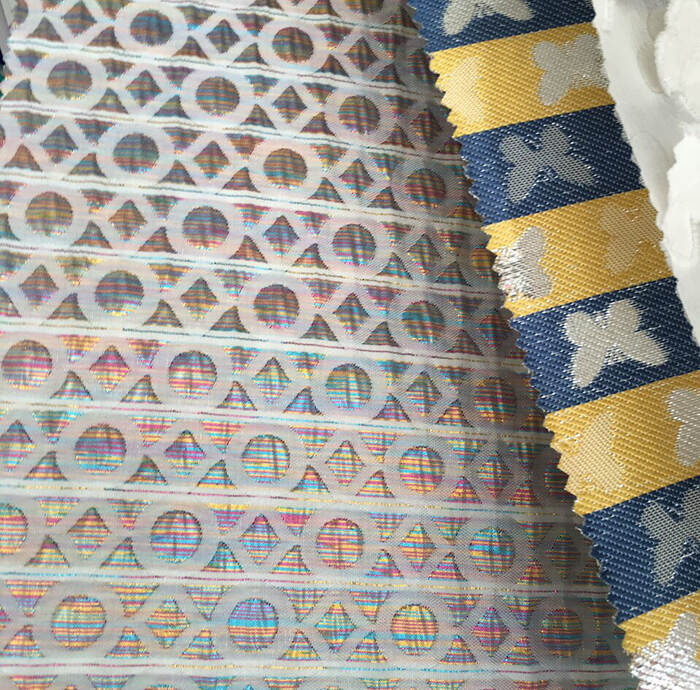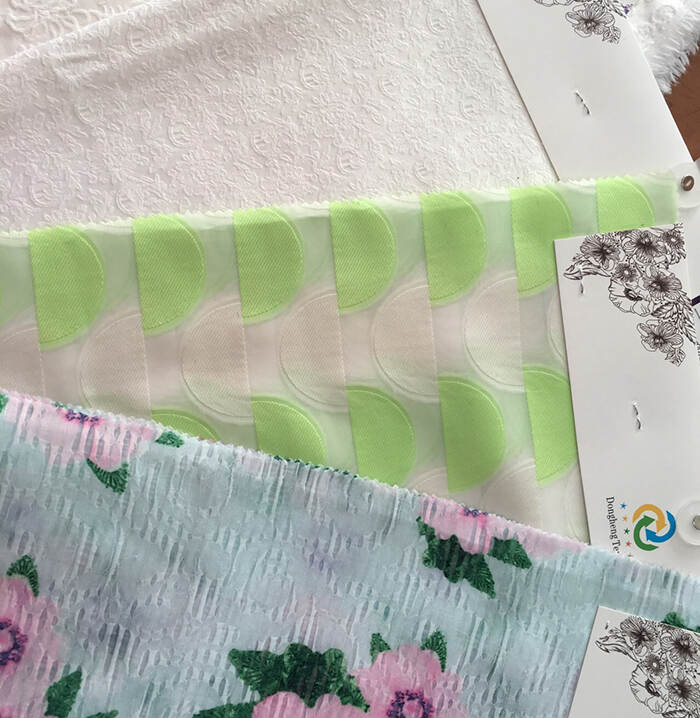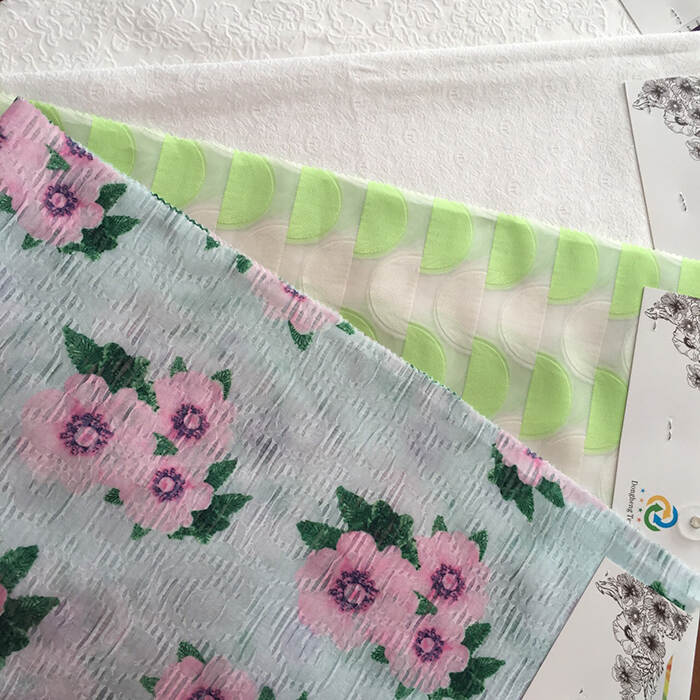Jacquard fashion fabric




How is a jacquard fabric made?
- Acquire the textile material
Different methods are used to acquire each type of textile material on the market. Cotton, for instance, is derived from clumps of fluffy fiber that surround mature cotton seeds. Wool, on the other hand, is acquired by shearing wool-bearing animals. Textile producers manufacture synthetic fibers by exposing petroleum, cellulose, or another substance to heat and various chemical processes.
- Spin it into yarn
Once the basic textile fiber has been produced, fabric manufacturers spin it into yarn. It’s possible to spin yarn in a variety of different thickness options, and in some cases, textile manufacturers expose yarn to post-spinning treatments that improve its durability or heat resistance. It’s common for textile yarn to be dyed.
- Program the computerized Jacquard loom
Upon acquiring the desired types of yarn, textile manufacturers choose programs for their Jacquard looms. There are thousands of different weave patterns available for computerized Jacquard looms, and it’s also possible to create new patterns. Choosing a program will prepare the computerized Jacquard loom to weave the yarn into a particular pattern.
- Feed the yarn into the loom
Modern, computerized Jacquard looms commonly feed yarn into the weaving apparatus from a central location at the top of the loom. The Jacquard loom then arranges this yarn into a complex web as it produces the desired pattern. Some computerized Jacquard looms are capable of weaving multiple pieces of fabric at a time.
- Expose the fabric to post-production treatments
While rare, some textile manufacturers dye their finished jacquard fabric. More commonly, textile manufacturers expose entire pieces of finished fabric to chemical substances that add enhanced durability or heat resistance.
How is the jacquard fabric used?
Most textiles that feature complex, woven patterns are jacquard. While there are a few different subtypes of this fabric, each type of jacquard is used for similar purposes. In contemporary times, jacquard is most commonly used to make drapes and curtains, but it’s also relatively common to find duvet covers that feature jacquard weaves.
Less commonly, textile manufacturers might use jacquard to make formal men’s or women’s attire including ornamental dresses and patterned suits. It’s also reasonably common to find jacquard blouses and informal dresses.
Other non-apparel applications of jacquard include throw pillow covers and upholstery. Usually reserved for high-end, ornamental furniture and used less frequently on everyday sofas and chairs, jacquard lends an aura of elegance to otherwise commonplace pieces of furniture. It’s also much easier to make complex woven tapestries using jacquard looms.
